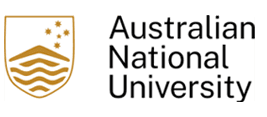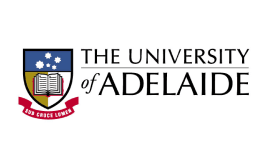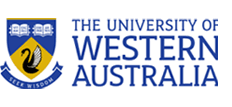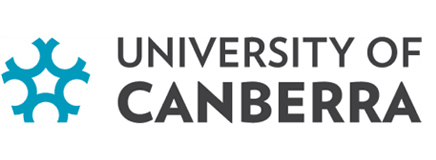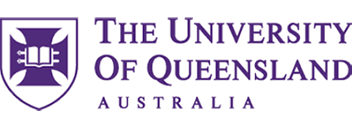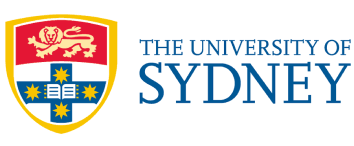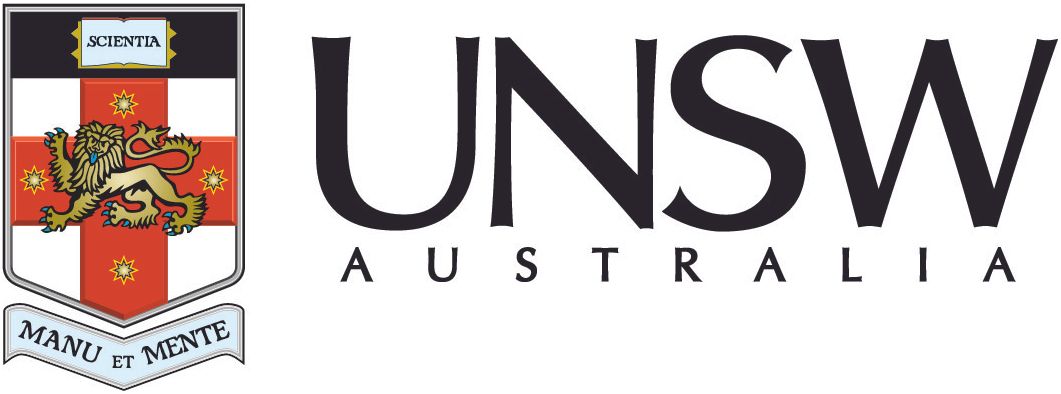The major causes of nature loss in Australia
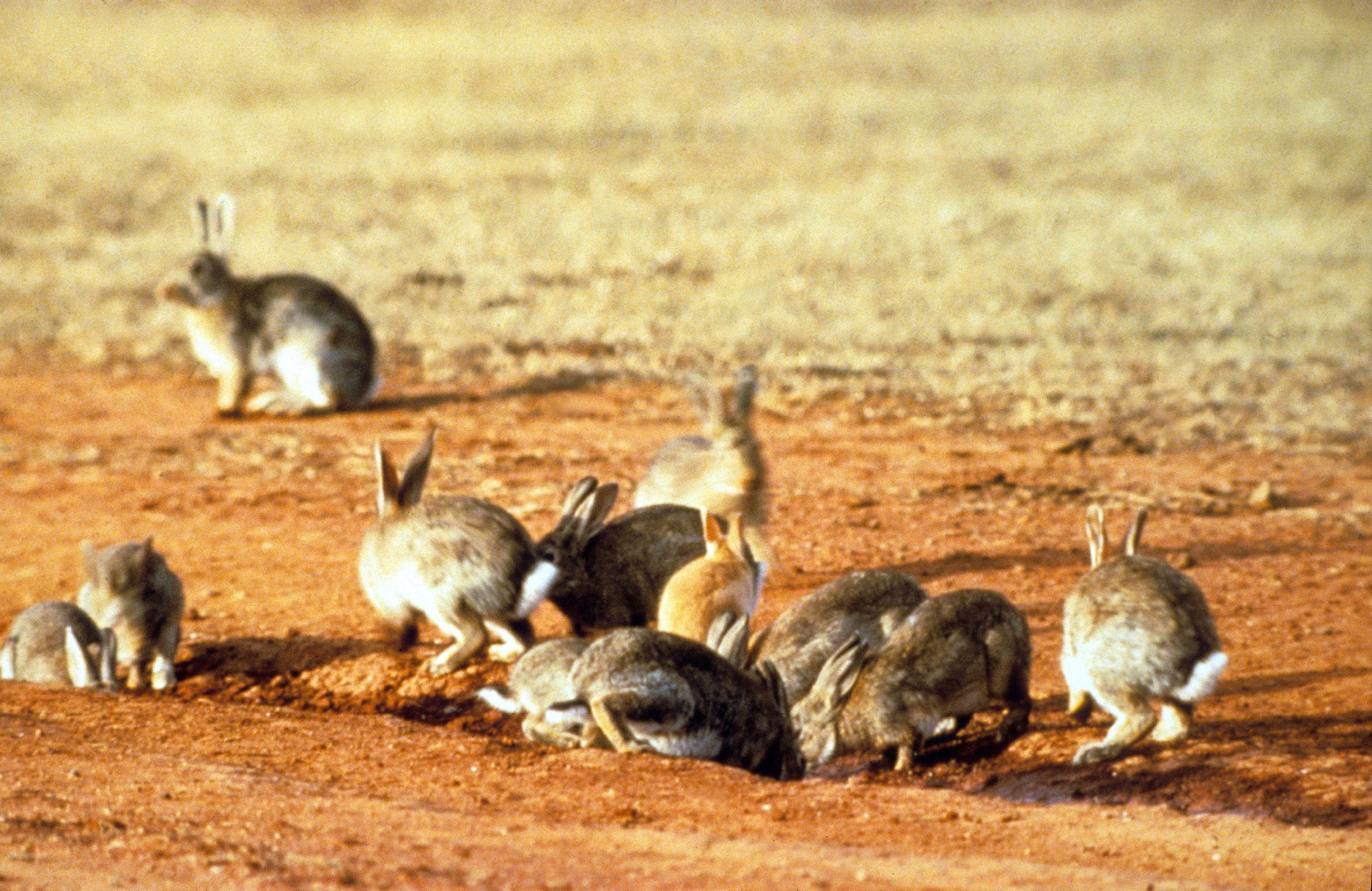
Image: Randall Ruiz via Unsplash
News story
24 January 2024
Nature in Australia has suffered major losses which are not slowing. Here are the main causes...
Since European colonisation, Australia's biodiversity - the plants, animals and other living things that sustain life on Earth - has experienced large and rapid declines.
The major drivers of declines are:
- habitat being destroyed and broken up (fragmented) due to land clearing for agriculture and urbanisation
- the introduction of invasive plants, animals, and diseases. This includes pest animals like rabbits and cane toads, weeds like lantana and buffel grass, and diseases like myrtle rust.
- the disruption of First Peoples practices in caring for Country, including fire management, and
- modifying our rivers and wetlands, by taking out water and changing when it flows, damaging freshwater habitat and blocking the movement of animals like fish.
These impacts are now being exacerbated by climate change.
There are also many other drivers of nature loss impacting specific regions or species groups. This includes things like pollution (chemicals, sediments, plastics, light and sound), animals being caught as by-catch and overabundant native species.
Legislation, policies and planning processes have also enabled ongoing biodiversity losses. For example, more than 7.7 million hectares of threatened species habitat have been destroyed since 2000; 93% of this was not regulated under national environmental law.
To succeed in maintaining a health environment. policy and legislation must contain strong standards that limit ministerial discretion to harm biodiversity. (You can read our recommendations for law reform here). Our laws must also be resourced, implemented and enforced.
As a wealthy nation, there is a strong moral argument that the Australian Government should be making evidence-based decisions and investing more in the protection and restoration of biodiversity. Yet Australia performs poorly by international standards, ranking second-worst for spending to recover threatened species out of 109 countries.
Government funding is only a fraction of what is required to halt and reverse losses. The cost of conserving Australia's listed threatened species has been estimated at $2 billion per year, yet Australian Federal, State and Territory governments spent just $122 million on threatened species recovery in the 2018–2019 financial year.
A further $2 billion a year for 30 years is needed to restore 13 million hectares of Australia's degraded land. Nature conservation spending is dwarfed by spending in other policy areas, for example, it receives less than 0.5% of the amount the Australian Government spent on health in 2022–23. This is despite the demonstrated importance of biodiversity to our physical and mental well-being.
This article contains content from the Biodiversity Council (2024) Report titled, Delivering on nature positive: 10 essential elements of national environmental law reform, and a Viewpoint article in the scientific journal Ecological Restoration and Management which is republished under a CC BY-NC 4.0 DEED Licence.



